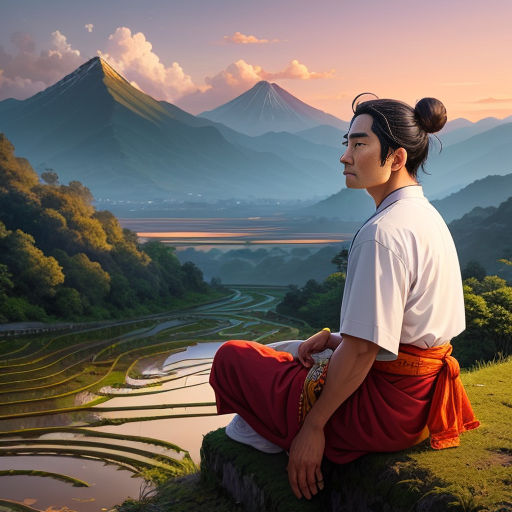
Threads of Faith
By Muhammad

15 Sep, 2023
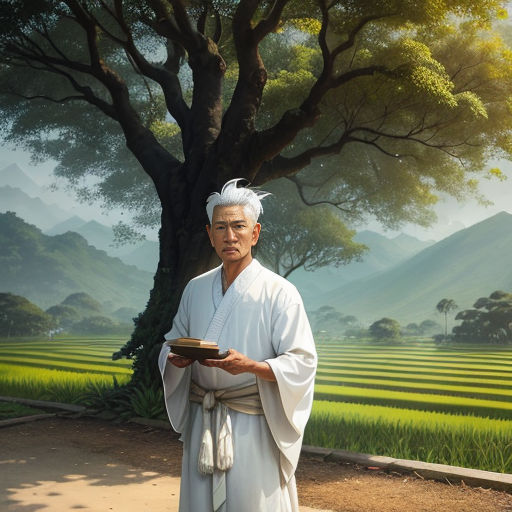
In the heartland of Java, amid the flourishing forests and staggered rice paddies, lived an old sage named Rangga. His knowledge of Kapitayan, the ancient belief system, was unparalleled.

Rangga's wisdom was highly valued by his village, where Kapitayan was still practiced alongside the more recent Islamic faith. The old sage carefully guided their spiritual journey.

Rangga was known for his deep respect for nature. He revered the spirits dwelling in trees, mountains, and rivers, which was an integral part of the archipelago's animistic beliefs.
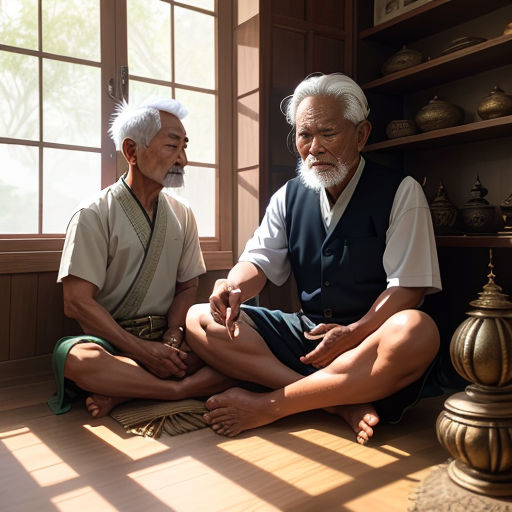
Every day, villagers would visit Rangga to seek wisdom. He would often narrate tales of Sanghyang Taya, the supreme deity, highlighting the importance of monotheism in Kapitayan.

However, Rangga was just as knowledgeable about the imported religions. He understood how Hinduism and Buddhism had interwoven with indigenous beliefs, resulting in a unique spiritual tapestry.
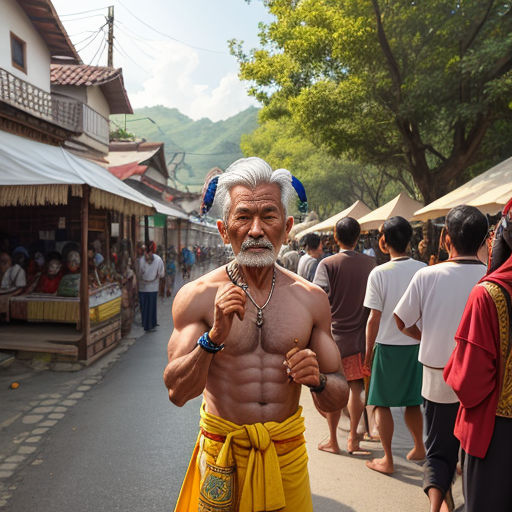
He explained to the villagers how local spirits were often identified with Hindu gods, leading to "paganization". These stories fused elements of monotheism, polytheism, and animism.
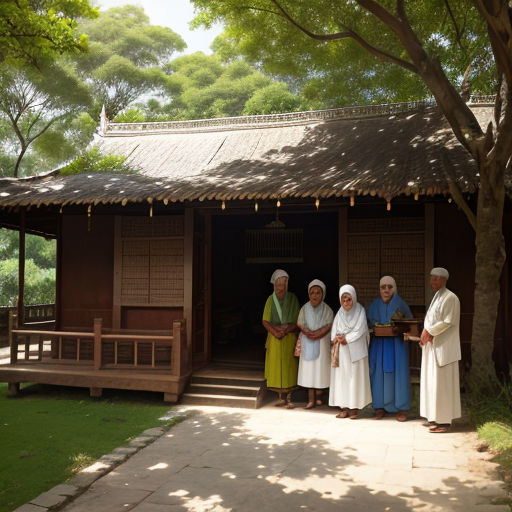
Rangga also educated the villagers about the spread of Islam and its significant impact on their spiritual canvas. How strict monotheist Islamic principles intertwined with local customs.
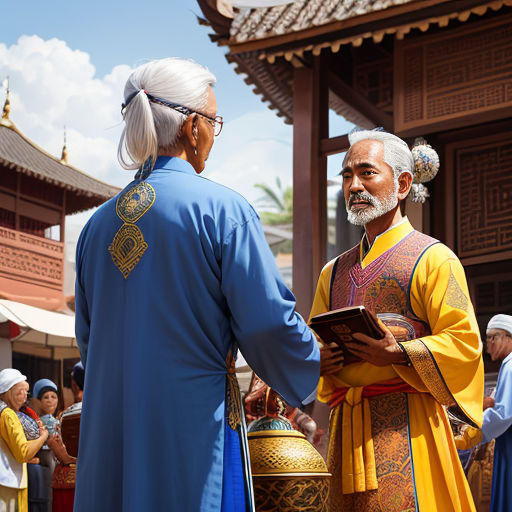
His teachings led to the villagers practicing a form of Islam that reflected their unique cultural heritage. It was a blend of Middle Eastern Islamic traditions and Javanese customs.

In this way, the village became a microcosm of the Malay Archipelago's broader spiritual evolution. The ancient, the imported, and the adapted beliefs lived side by side, harmoniously.
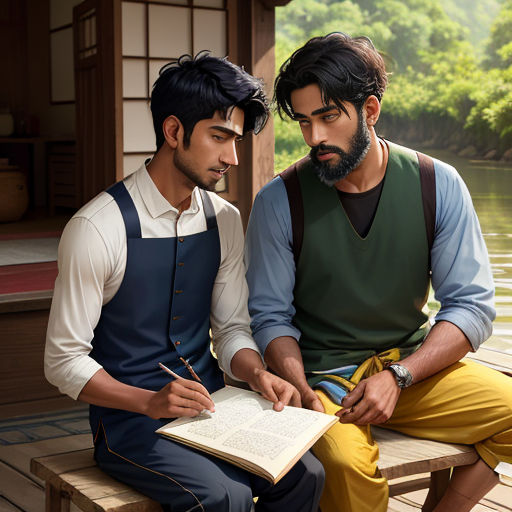
One day, a young scholar named Adhi arrived in the village. With a thirst for knowledge and respect for old wisdom, he sought to learn from Rangga.

Rangga welcomed Adhi with open arms, recognizing the spark of curiosity in the young man's eyes. He was eager to pass down the ancient wisdom that he held.

Thus began the mentorship. Adhi absorbed Rangga's teachings, learning about Kapitayan, the influence of Hinduism and Buddhism, and the syncretization with Islam.

Over time, Adhi started understanding the unique spiritual landscape of the region. He marveled at how different beliefs could coexist and even blend to create a richer, broader canvas.

His respect for Rangga grew, as did his fascination for Kapitayan and its influence. The more he learned, the more he realized the depth of his own spiritual journey.

One day, Rangga asked Adhi to lead a spiritual gathering. It was a momentous occasion, a testament to Adhi's understanding of the monotheistic fundamentals of Kapitayan.

Standing before the villagers, Adhi felt a mixture of humility and pride. As he started speaking about the Sanghyang Taya, his voice echoed Rangga's wisdom and reverence.
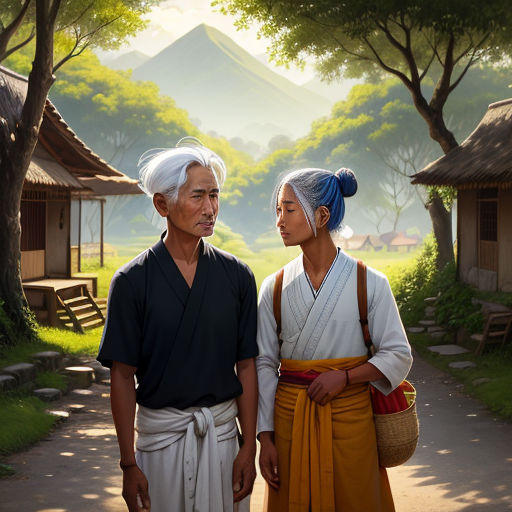
This marked a significant shift in Adhi's journey. Under Rangga's mentorship, he went from being a keen learner to a knowledgeable guide, ready to sustain the village's spiritual wisdom.

Adhi continued to learn and teach, solidifying his role as the village's spiritual guide. Even as he did so, he paid homage to Rangga, his revered mentor.
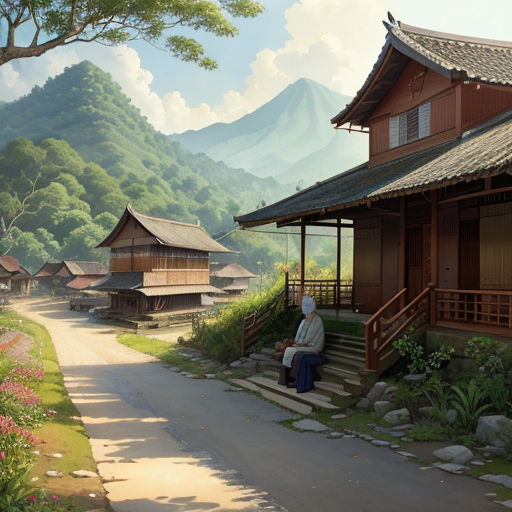
When Rangga passed away a few years later, it was a solemn moment for the village. But everyone also felt a sense of continuity, as Adhi was there to carry on the sage's teachings.

Adhi dedicated his life to preserving and promoting the spiritual wealth of the region. He honored the wisdom of his mentor by continuing to share the teachings of Kapitayan.

Over time, he cultivated a deeper understanding of the region's spiritual history. He realized the coexistence of different religions was not a dilution, but a harmonious blend that enriched the spiritual fabric.

He began to explore the larger Malay Archipelago, sharing his knowledge with others. He hoped that it would inspire them to appreciate their rich spiritual heritage and its evolution.

Adhi's journey was an extension of Rangga's legacy. Their tales, intertwined with the evolution of Kapitayan, became a beacon of spiritual wisdom for the Malay Archipelago.

The villagers often said that the wisdom of the old sage still echoed in the region. They believed that the Rangga's spirit continued to guide them through Adhi's teachings.
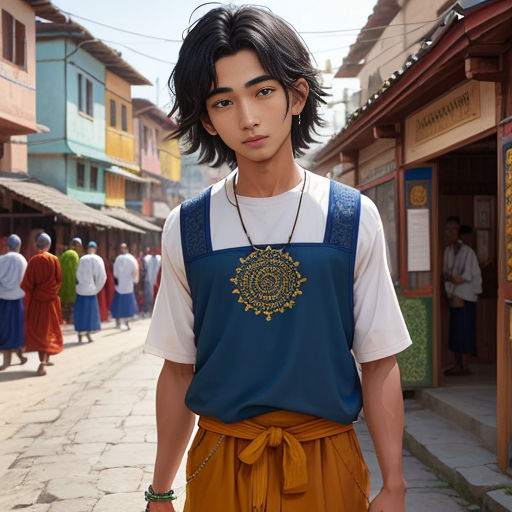
The village became a beacon of spiritual syncretism, a testament to the region's openness to diverse beliefs. It stood as a living example of the Malay Archipelago's spiritual evolution.

To this day, Adhi continues his mentor's work, guiding the spiritual journey of the villagers. His teachings resonate with the ancient wisdom of Kapitayan and the influence of imported religions.

And so, Rangga's legacy continues through Adhi, reflecting the perpetuity of ancient spirituality, the power of belief, and the harmonious blend of diverse faiths in the Malay Archipelago.

The story of Rangga and Adhi is a mirror to the region's spiritual journey. They stand as symbols of how faith evolves, adapts, and continues to thrive in the hearts of people.

Their tale is a testament to the power of belief and respect for ancient wisdom. It serves as a reminder of the region's unique spiritual heritage and its evolving journey.
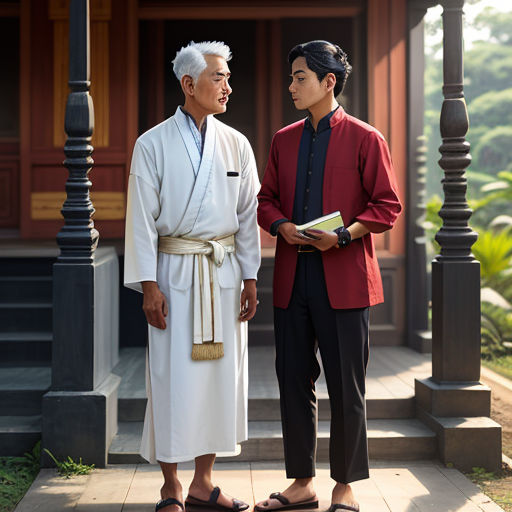
Through them, the threads of faith, interwoven within the cultural tapestry of the Malay Archipelago, continue to shine. Their legacy, like the spiritual wisdom they uphold, endures.

The echoes of ancient spirituality continue to resonate through the region, guided by the reverence for the old and the openness to the new. This story of faith and evolution continues to unfold every day.

Thus, Rangga and Adhi's story represents the resilient thread of spirituality weaving through the rich tapestry of the Malay Archipelago. A testament to the region's spiritual evolution and openness to diversity.

Ultimately, their tale illuminates the power of belief, faith's endurance, and the profound wisdom contained within ancient traditions. It paints a vibrant picture of the spiritual journey of the Malay Archipelago.
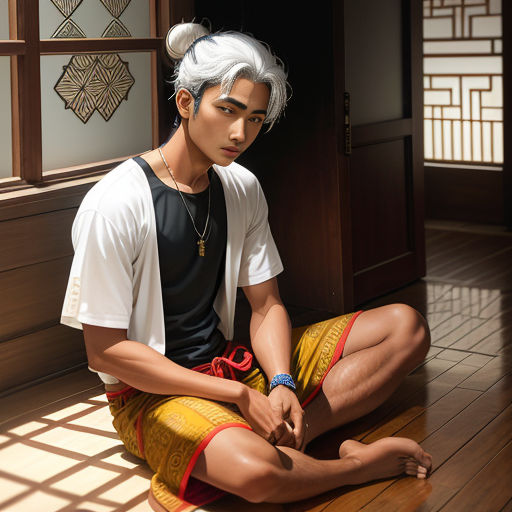
A tale of ancient spirituality, cultural evolution, and the power of belief continues to captivate scholars and spiritual seekers alike. And from this tale, the journey of faith in the Malay Archipelago continues to evolve.

The threads of faith continue to be woven in the spiritual fabric of the region, intertwining Kapitayan's ancient wisdom, diverse beliefs, and the evolving spiritual journey that remains testament to the Malay Archipelago's unique spiritual heritage.